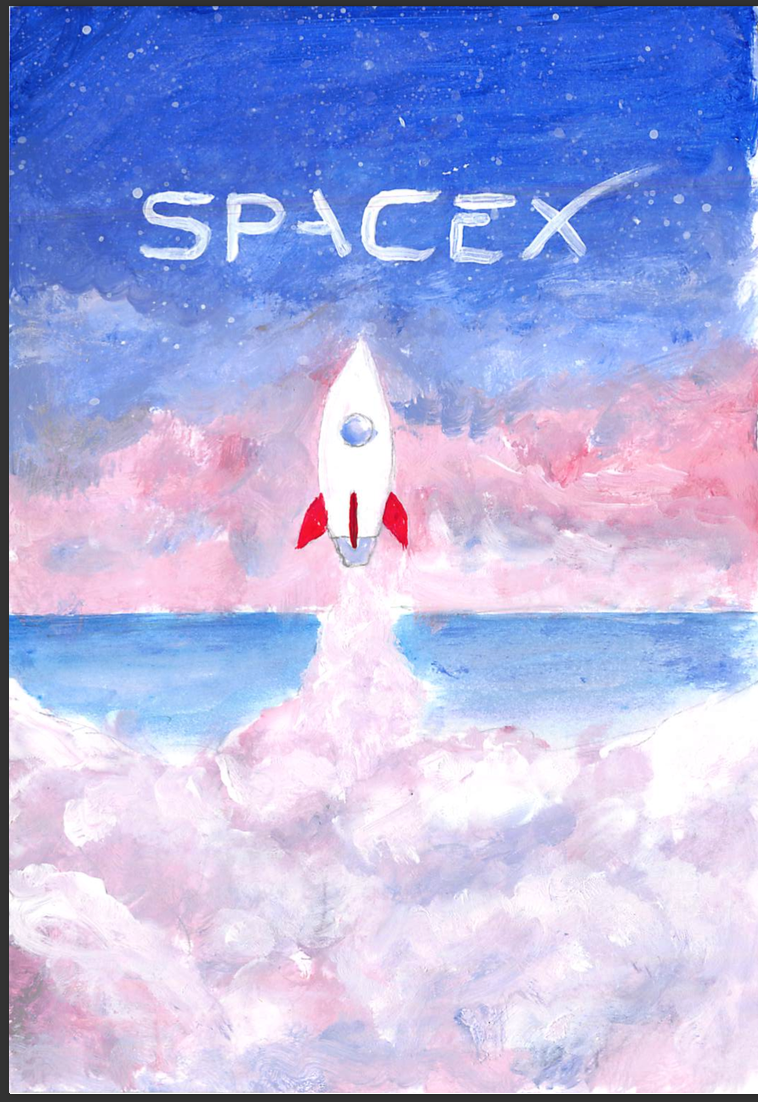
Madison Hallam
The first orbital class rocket capable of being reused was launched from Vandenberg Air Force Base in Lompoc last Monday. The rocket belongs to SpaceX, a private spaceflight company created by Tesla founder Elon Musk that has some extremely far-out ambitions.
SpaceX was founded in 2002 with the ultimate goal of sending people to other planets, starting with Mars. However, several logistics need to be taken care of before this can happen.
The first step to make human space travel possible is to design efficient and reusable rockets that are capable of re-launching, which had previously never been done. The reason that re-launching rockets is so important is that it allows SpaceX to reuse rockets, making travel more affordable for future customers. The product of much thought and planning ended up being Falcon 9 – a so-far reliable machine that has been safely transporting satellites into orbit since 2012. Falcon 9 has transported 30 satellites over the course of three different launches and has been landing on a drone ship in the Pacific Ocean after re-entry.
SpaceX currently has plans to launch another, much more advanced rocket in 2017. This rocket is called Falcon Heavy. Once launched it will be “the most powerful operational rocket in the world by a factor of two”, according to SpaceX’s website. The excess power will be necessary in the future for transporting humans into space, which is Falcon Heavy’s intended purpose.
SpaceX has three launching facilities, in Texas, Florida and California. Their California facility, Vandenberg Air Force Base, is located in Lompoc, less than an hour’s drive from the UCSB campus. Vandenberg leases launch pad facilities to SpaceX to use for their missions.
The base has been in operation since 1957 and was built for the purpose of placing satellites into orbit. It also functions as a missile testing base.
Vandenberg is a prime location for launching rockets like Falcon 9 because a rocket’s path of travel doesn’t cross over much land and therefore avoids flying over highly populated areas. The rocket flies directly off of the west coast and travels to the Atlantic Ocean, all without the risk of causing harm to anyone underneath on the earth.
Although it seems like an ideal place for SpaceX missions, there are still repercussions from launching at Vandenberg. Vandenberg AFB is only 15 miles north of the center of Lompoc, and only 20 miles south of Santa Maria. With these two populated towns in such a close range to the base, noise pollution and sound disturbance are considerable factors.
Humans start to feel affected by sounds over 125 decibels and rocket launches register at about 204 decibels. It’s safe to assume that residents of both Lompoc and Santa Maria heard the sound of SpaceX’s rocket taking off last Monday. It’s also safe to assume that waking up at 5:37 am to the sound of a rocket launch was not the most ideal start to their week.
Furthermore, although rocket launches are rare, they still have an effect on the environment. Rockets typically use highly refined kerosene as fuel, which is used alongside liquid oxygen.
The emissions produced by rockets cause ozone molecules to break apart. Some of these pollutants are expelled into the stratosphere where the damage begins immediately. However due to the extreme rarity of rocket launches, they don’t account for much of the ozone depletion that occurs.
Matters will be different if Elon Musk continues with SpaceX’s mission- launching rockets regularly in the future could be extremely hazardous to the environment. If rocket launches become normalized by companies like SpaceX, their effects could have unknown and devastating consequences.
Everyone has been curious as to what CEO Elon Musk has up his sleeve for the future. SpaceX’s goal to colonize Mars is a work in progress and there are still many uncertainties, but with over 70 more launches planned, SpaceX is here to stay, continuing to push the boundaries of space exploration.
A previous version of this article spelled the author’s name incorrectly.










